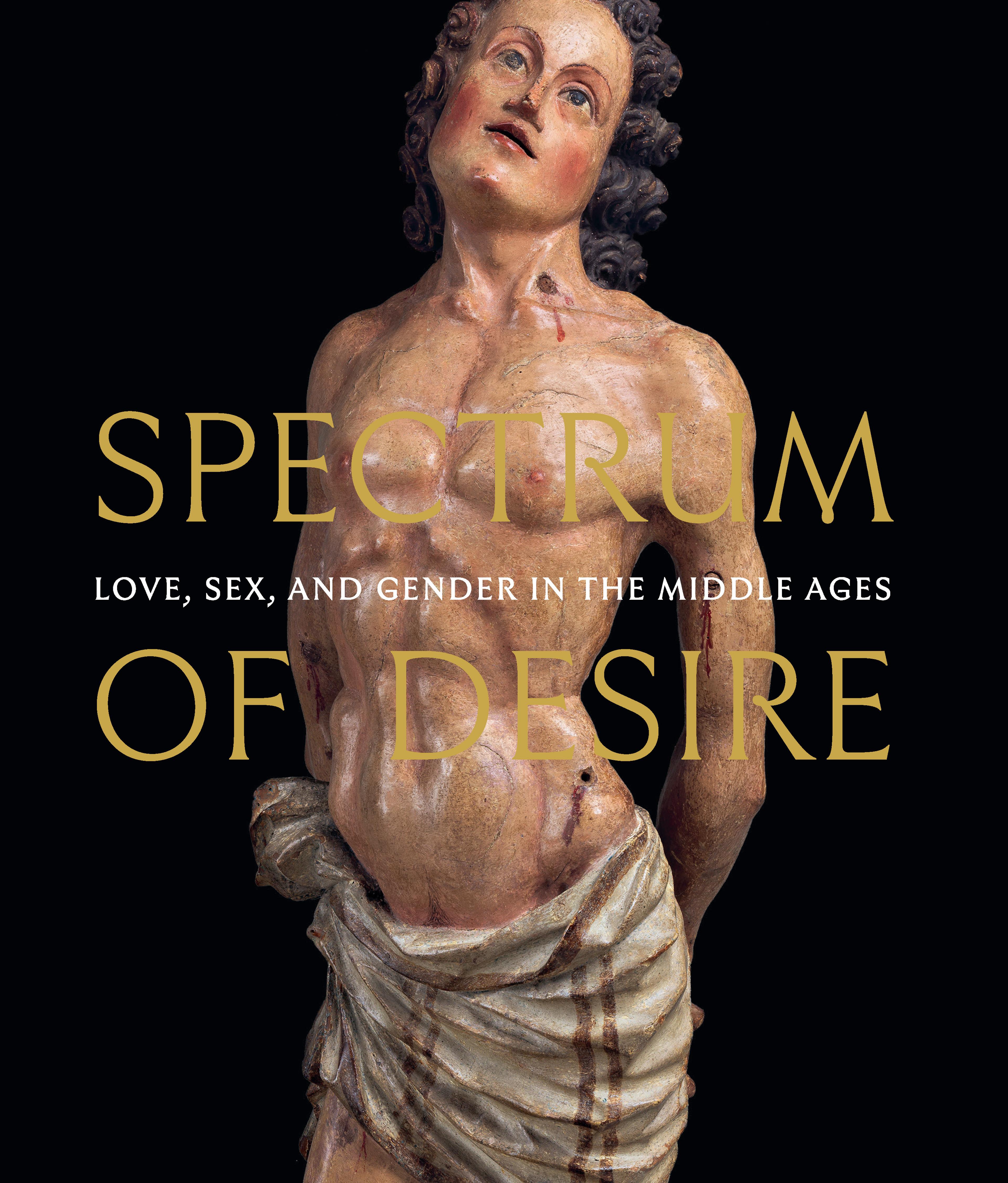Coffret (Minnekästchen)
The inside of this coffret's lid depicts Frau Minne, the German goddess of love, aiming and arrow at a young man. At right, he gives her his heart. The inscriptions have been interpreted as: "Gracious lady, I have surrendered," and "Lady send me solace, my heart has been wounded." The coffret embodies the notions of courtly love, a concept that developed during the feudal period and imagined romance as playful warfare between the suitor and beloved. The arms on the box may be those of the Berstett family of Alsace, Baden, and Austria.
Artwork Details
- Title: Coffret (Minnekästchen)
- Date: ca. 1325–50
- Geography: Made in Upper Rhineland, Germany
- Culture: German
- Medium: Oak, inlay, and tempera; wrought-iron mounts
- Dimensions: Overall: 4 3/4 x 10 3/4 x 6 1/2in. (12.1 x 27.3 x 16.5cm)
- Classification: Woodwork-Furniture
- Credit Line: Rogers Fund and The Cloisters Collection, by exchange, 1950
- Object Number: 50.141
- Curatorial Department: Medieval Art and The Cloisters
More Artwork
Research Resources
The Met provides unparalleled resources for research and welcomes an international community of students and scholars. The Met's Open Access API is where creators and researchers can connect to the The Met collection. Open Access data and public domain images are available for unrestricted commercial and noncommercial use without permission or fee.
To request images under copyright and other restrictions, please use this Image Request form.
Feedback
We continue to research and examine historical and cultural context for objects in The Met collection. If you have comments or questions about this object record, please contact us using the form below. The Museum looks forward to receiving your comments.
